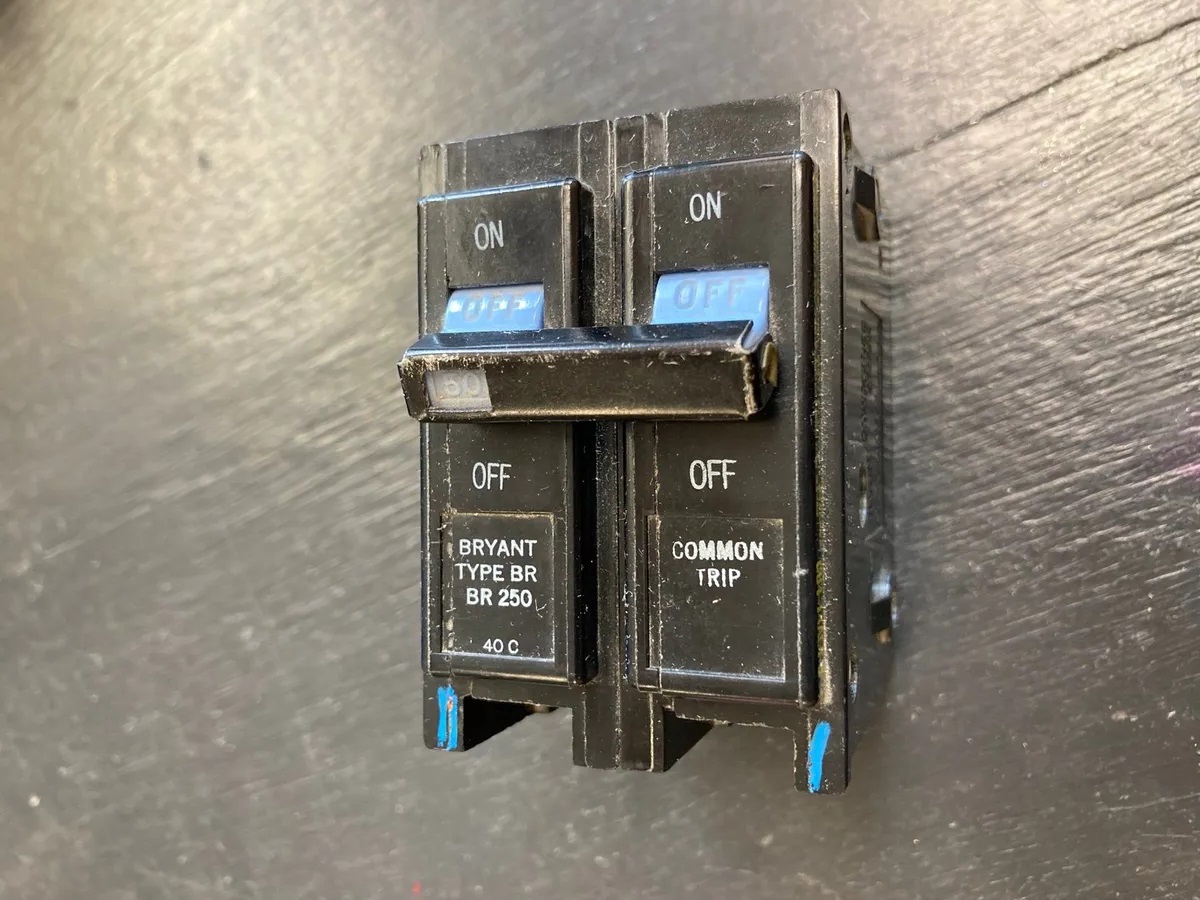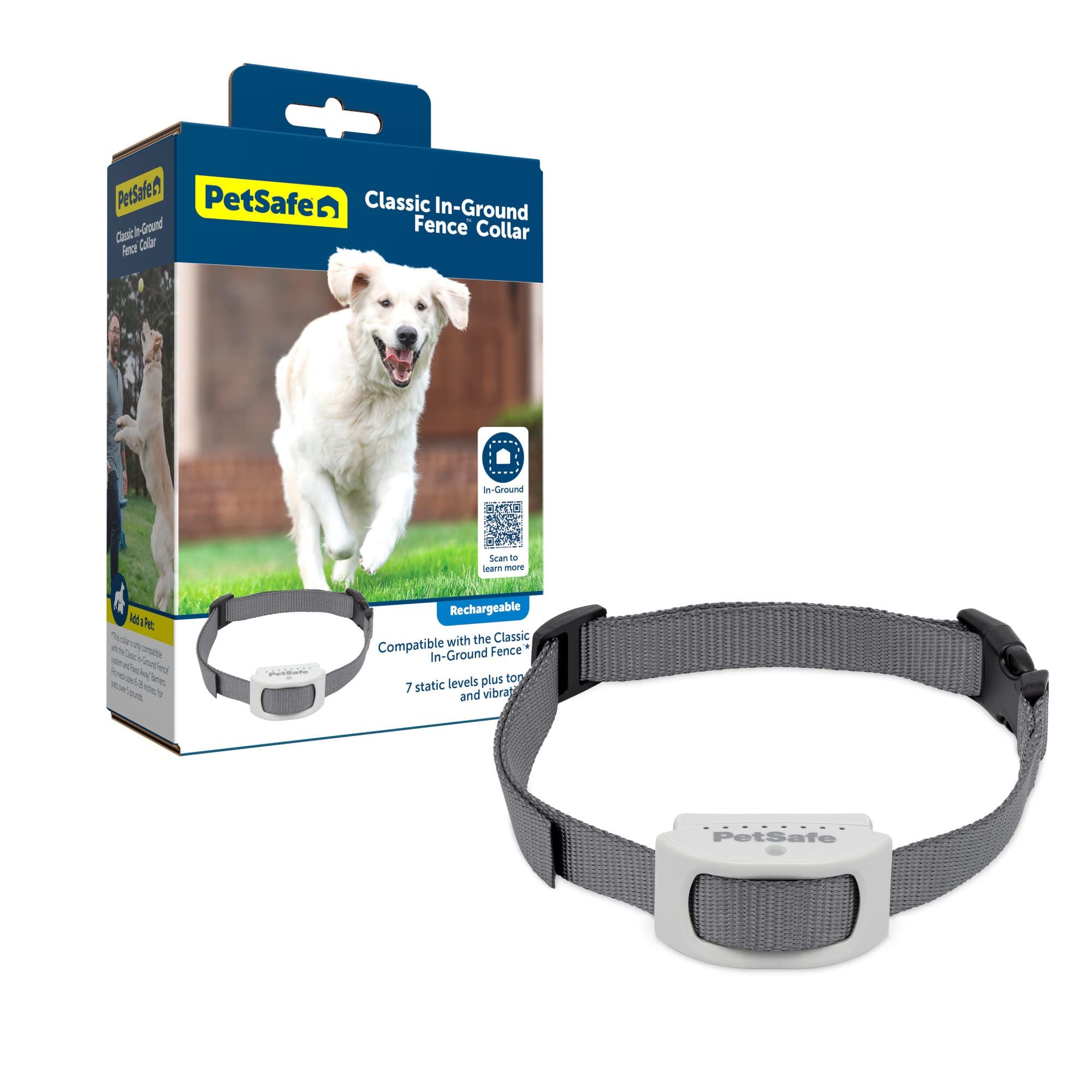

Articles
What Is Compatible With Challenger Breakers
Modified: October 20, 2024
Discover the most comprehensive articles on compatible options for Challenger breakers. Find the right solutions for your electrical needs.
(Many of the links in this article redirect to a specific reviewed product. Your purchase of these products through affiliate links helps to generate commission for Storables.com, at no extra cost. Learn more)
Introduction
In the world of electrical circuits, circuit breakers play a critical role in protecting our homes and businesses from electrical overloads. One popular brand of circuit breakers is Challenger, known for their reliability and durability. However, when it comes to compatibility with other circuit breaker brands, there are some important factors to consider.
Challenger circuit breakers are designed to fit specific panels and electrical systems. This means that not all circuit breakers on the market will be compatible with Challenger panels. It’s essential to understand which brands are compatible and which are not to ensure the safety and functionality of your electrical system.
In this article, we will explore the types of Challenger breakers, delve into their compatibility, and guide you through testing for compatibility.
Key Takeaways:
- Ensure safety and functionality by using compatible circuit breakers with Challenger panels. Stick to Challenger breakers or trusted brands like Eaton, Siemens, Square D, and Cutler-Hammer for seamless fit and optimal performance.
- Prioritize electrical safety by avoiding incompatible brands like GE, Sylvania, Murray, and Federal Pacific (FPE) with Challenger panels. Consult the panel manual and consider professional advice for breaker compatibility.
Read more: What Breakers Are Compatible With Wadsworth
Types of Challenger Breakers
Challenger breakers come in different types to accommodate various electrical requirements. Understanding the different types can help you determine the right breaker for your specific needs. Here are some common types:
- Standard Breakers: These are the most common type of Challenger breakers. They are designed to carry the standard ampere rating for residential and commercial electrical systems.
- GFCI Breakers: Ground Fault Circuit Interrupter (GFCI) breakers are designed to protect against electrical shocks. They are commonly used in areas where water is present, such as kitchens, bathrooms, and outdoor outlets.
- AFCI Breakers: Arc Fault Circuit Interrupter (AFCI) breakers are designed to detect and prevent fire hazards caused by arc faults. They are typically used in bedrooms, living rooms, and other areas where arc faults can occur.
- Tandem Breakers: Tandem breakers, also known as slimline or twin breakers, are designed to fit two separate circuits in a single breaker slot. They allow for more circuits in a limited space.
It’s important to note that not all panels support all types of Challenger breakers. Each panel has its specific compatibility requirements, and using incompatible breakers can lead to safety hazards and malfunctions.
Compatibility of Challenger Breakers
When it comes to compatibility, Challenger breakers are specifically designed to work with Challenger panels. This means that using Challenger breakers in a Challenger panel will ensure a seamless fit and proper functionality. However, the compatibility extends beyond just the brand name.
It’s crucial to consider the specific model and series of the Challenger breaker when determining compatibility. Newer models and series of Challenger breakers are often designed to be backward-compatible with older panels, allowing for easy replacement and upgrades.
On the other hand, using non-Challenger breakers in a Challenger panel can lead to compatibility issues. Different brands may have different designs and configurations, making it difficult to fit non-Challenger breakers into a Challenger panel. This can result in poor connections, overheating, and potential risks to the electrical system.
Therefore, it is generally recommended to use Challenger breakers in Challenger panels to ensure compatibility and the highest level of safety and performance.
Circuit Breaker Brands That Are Compatible with Challenger Breakers
While using Challenger breakers in a Challenger panel is the ideal choice for compatibility, there are some other circuit breaker brands that are also compatible with Challenger panels. Here are a few:
- Eaton: Eaton circuit breakers are known for their quality and compatibility with various panel brands, including Challenger. If you have a Challenger panel and need to replace a breaker, Eaton breakers are a reliable option.
- Siemens: Siemens is another trusted brand that offers compatible breakers for Challenger panels. Their breakers are designed to fit seamlessly into Challenger panels without any compatibility issues.
- Square D: Square D circuit breakers are widely used in residential and commercial settings. They offer compatible breakers that can be safely installed in Challenger panels.
- Cutler-Hammer: Cutler-Hammer, now known as Eaton, is a reputable brand that provides compatible circuit breakers for Challenger panels. Their breakers meet the necessary specifications and standards for compatibility.
It’s essential to check the compatibility chart or consult with an electrician to ensure that the specific model and series of the circuit breaker you choose are compatible with your Challenger panel. This will help you avoid any potential issues and ensure a smooth installation process.
When looking for compatible breakers for a Challenger panel, it’s important to check for UL listing and compatibility with the panel’s voltage and amperage ratings. Always consult with a qualified electrician for proper installation.
Circuit Breaker Brands That Are Not Compatible with Challenger Breakers
While there are several circuit breaker brands that are compatible with Challenger panels, there are also some brands that are not recommended for use. Mixing incompatible breakers with Challenger panels can lead to compatibility issues and potential safety hazards. Here are some circuit breaker brands that are generally not compatible with Challenger breakers:
- GE: GE circuit breakers are designed to work with GE panels and are not recommended for use in Challenger panels. The design and configuration of GE breakers may not fit properly in a Challenger panel, potentially leading to poor connections and electrical hazards.
- Sylvania: Sylvania breakers are not compatible with Challenger panels. The breaker designs and configurations may not align with the specifications required for proper installation and operation in a Challenger panel.
- Murray: Murray breakers are designed for Murray panels and are not compatible with Challenger panels. Attempting to install Murray breakers in a Challenger panel can result in compatibility issues and compromised electrical safety.
- Federal Pacific (FPE): Federal Pacific breakers are not recommended for use in any panel, including Challenger panels. FPE panels and breakers have been associated with safety concerns and a higher risk of electrical issues.
It’s important to adhere to the manufacturer’s guidelines and recommendations when selecting circuit breakers for your electrical system. Using incompatible breakers can compromise the safety and functionality of your electrical system, so it’s always advisable to choose compatible brands and consult with a qualified electrician if you are unsure.
Read more: What Is Compatible With Siemens Breakers
Testing Compatibility
When it comes to determining the compatibility of circuit breakers with Challenger panels, there are a few steps you can take to ensure a proper fit and functionality. Here are some methods for testing compatibility:
- Consult the Panel Manual: The first step is to consult the manual or documentation that came with your Challenger panel. The manual typically includes a list of compatible breaker brands and models. Cross-reference this list with the breaker you intend to use to ensure compatibility.
- Verify the Panel’s Series: Challenger panels have different series, such as the GFCI series or the AFCI series. Make sure to identify the specific series of your panel as it can determine the compatibility of breakers. Check the breaker’s packaging or manufacturer’s information to see if it is compatible with the designated series.
- Check the Breaker’s Specifications: Review the specifications of the breaker you plan to use, ensuring that it meets the voltage, amperage, and other requirements of your Challenger panel. Mismatched specifications can lead to compatibility issues and potential hazards.
- Consult with an Electrician: If you are uncertain or want professional guidance, it is always recommended to consult with a licensed electrician. They have the expertise to assess the compatibility of circuit breakers with Challenger panels and can provide recommendations based on your specific needs and requirements.
By following these steps and taking the necessary precautions, you can ensure that the circuit breakers you select are compatible with your Challenger panel. This will help maintain the safety and reliability of your electrical system.
Conclusion
Choosing the right circuit breakers for your electrical system is crucial for maintaining safety and functionality. When it comes to Challenger breakers, compatibility is an essential factor to consider. Using incompatible breakers can lead to poor connections, overheating, and potential risks to your electrical system.
Challenger breakers are designed to work seamlessly with Challenger panels, ensuring a proper fit and optimal performance. However, there are also other reputable brands, such as Eaton, Siemens, Square D, and Cutler-Hammer, that offer compatible breakers for Challenger panels.
On the other hand, using brands like GE, Sylvania, Murray, or Federal Pacific (FPE) can result in compatibility issues and compromised electrical safety. It’s important to adhere to the manufacturer’s guidelines and recommendations when selecting circuit breakers.
To test compatibility, consult the manual or documentation that came with your Challenger panel, verify the panel’s series, check the breaker’s specifications, and consider consulting with a licensed electrician for professional advice.
Remember, ensuring compatibility between your circuit breakers and Challenger panels is essential for maintaining a safe and reliable electrical system. By taking these steps and making informed decisions when selecting breakers, you can have peace of mind knowing that your electrical system is properly protected.
Curious about stepping up your home's electrical setup? Dive into our next feature on the latest innovations in electrical breakers. Perfect for those planning to upgrade or install new systems, our guide will lead you through top picks that promise efficiency and reliability for the coming year. Don't miss out on optimizing your electrical panels with cutting-edge technology that makes managing power a breeze.
Frequently Asked Questions about What Is Compatible With Challenger Breakers
Was this page helpful?
At Storables.com, we guarantee accurate and reliable information. Our content, validated by Expert Board Contributors, is crafted following stringent Editorial Policies. We're committed to providing you with well-researched, expert-backed insights for all your informational needs.















0 thoughts on “What Is Compatible With Challenger Breakers”